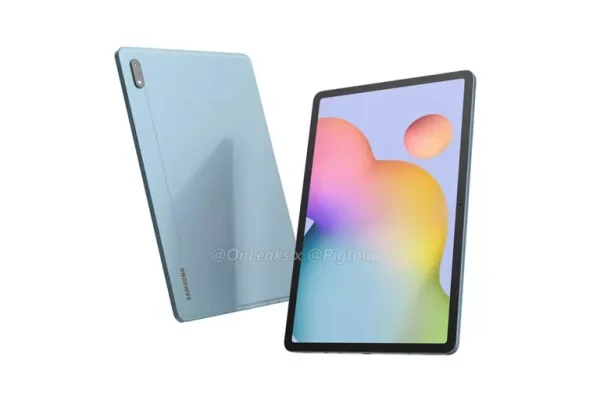The full specifications of the Samsung Galaxy Tab S7 series have been revealed

Although Android tablets are not very popular in the electrical app market right now, they were at their peak several years ago. In 2011, things even got to the point where Google introduced a tablet with a proprietary operating system, Android 3 Honeycomb. Later, version 4 of Android called Ice Cream Sandwich was used as the user interface in this tablet , but with the loss of popularity of Android tablets, this operating system also received less attention.
Nowadays, it is difficult to find tablets with Android operating system that can compete with Microsoft ‘s iPad and Surface . However, Samsung is still struggling in this area. The company plans to launch the Galaxy Tab S7 and Galaxy Tab S7 Plus in order to gain market share.
- Galaxy Tab S7 Plus will probably be equipped with a 10,000 mAh battery
- Samsung Galaxy Tab S7 was seen in new renderings
Given that these products will be Samsung’s flagship tablets, it is expected that their performance will be equal to that of the company’s flagship smartphones. The Galaxy Tab S7 series will come with a Snapdragon 865 Plus processor. The chip, recently introduced by Qualcomm, is used in the Asus ROG Phone 3 and the 5G version of the Galaxy Z Flip . The display used in these devices has a QHD resolution and a refresh rate of 120 Hz. According to previous reports, the Galaxy S20 series smartphones could not use QHD resolution and 120Hz refresh rate at the same time, but it is not clear whether the situation will be the same on Samsung’s flagship tablets.
The Galaxy Tab S7 family will have two members; The regular version of the Galaxy Tab S7 with an 11-inch LCD display with a fingerprint sensor on the edge of the device, and the Tab S7 Plus version with a 12.7-inch AMOLED display with a fingerprint scanner embedded under the display. . These products also support DeX wireless technology; As a result, they can be used as desktop computers. The Galaxy Tab S7 series has at least 6 GB of LPDDR5X RAM and 128 GB of storage, which seems appropriate. In addition, the microSD memory port on these devices can have more than one terabyte of storage memory.






